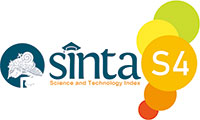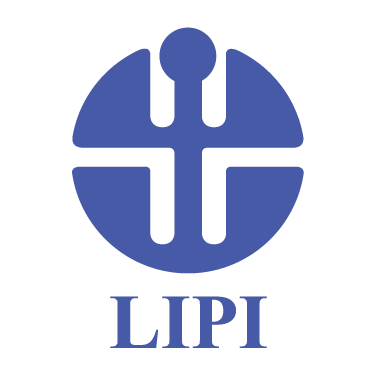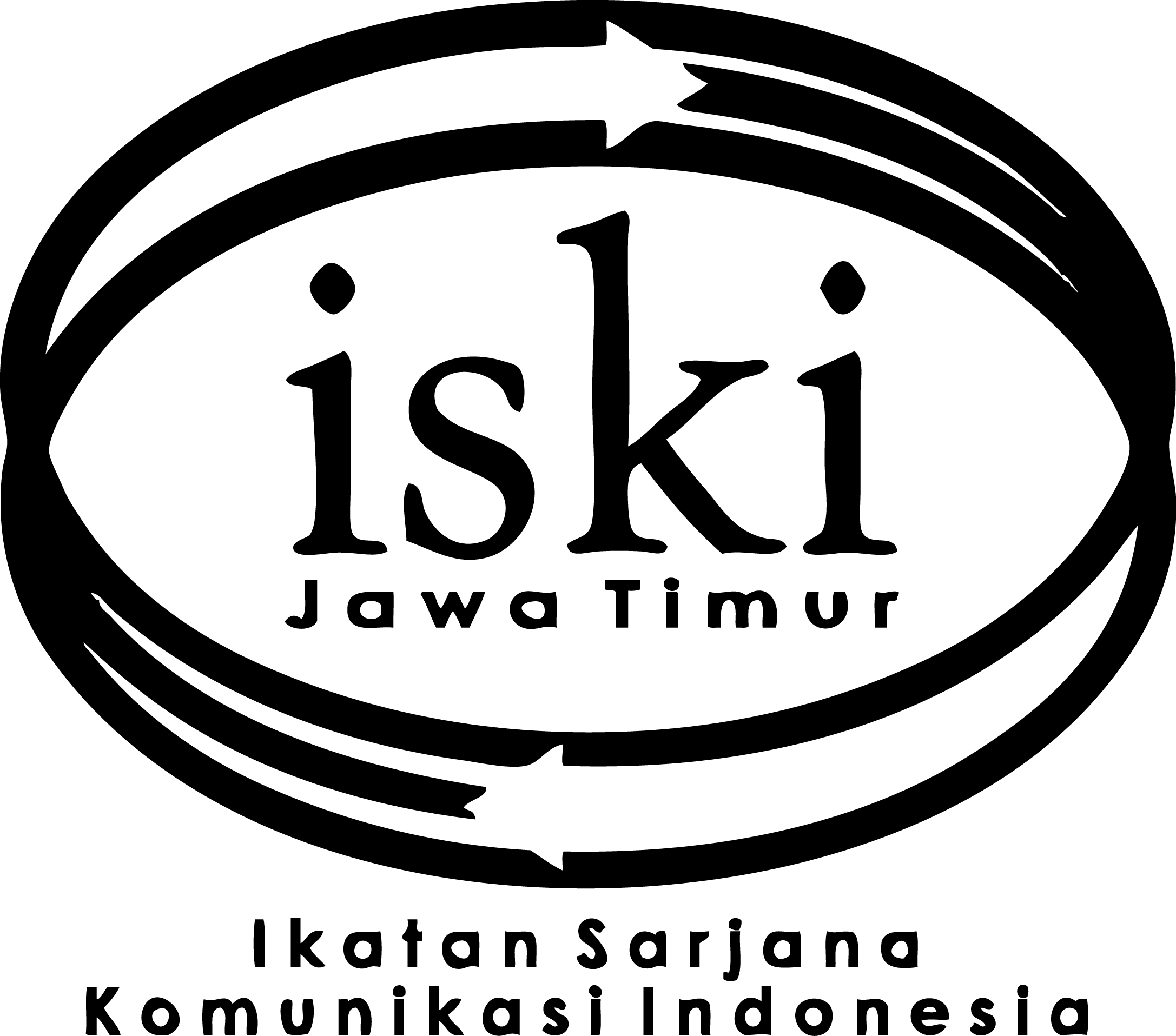The Role of Mass Media to Prevent Potential Natural Disasters: a Study on the News of Iron Sand Mining Conflicts
DOI:
https://doi.org/10.37826/spektrum.v12i2.693Keywords:
mass media, natural disaster, news, iron sand mining, social conflictsAbstract
Conflicts of interest are inevitable when the natural potential is harnessed in mining. This happened in Seluma Regency, Bengkulu Province, Indonesia, in a conflict due to the impact of iron sand mining involving the community, mine owners, and the government. Mining always intersects with environmental degradation, which leads to disaster triggers. This is also inseparable from the media attention shown in its reporting. The purpose of this study is to determine the role of the media in preventing potential disaster events, specifically related to reporting on mining conflicts in the iron sand mines in the Seluma district. This research uses a descriptive qualitative approach. The analysis method was carried out using a framing analysis from Robert N. Entman, where researchers will dismantle the construction of news submitted by the media from the iron sand mine conflict in Seluma Regency. The study's findings suggest that the information conveyed in the news of iron sand mining conflict emphasizes the impact on the survival of the fishermen of the surrounding community. This research shows that the media can play a role in preventing potential natural disasters through reporting on mining conflicts with the perspective of sustainability and environmental sustainability.
References
Antunes, M. N., da Silva Pereira, S., Zêzere, J. L., & Oliveira, A. E. (2022). Disaster Journalism in Print Media: Analysis of the Top 10 Hydrogeomorphological Disaster Events in Portugal, 1865–2015. International Journal of Disaster Risk Science, 13(4), 521–535. https://doi.org/10.1007/s13753-022-00425-2
Bebbington, A., Hinojosa, L., Bebbington, D. H., Burneo, M. L., & Warnaars, X. (2008). Contention and Ambiguity: Mining and the Possibilities of Development. Development and Change, 39(6), 887–914. https://doi.org/10.1111/j.1467-7660.2008.00517.x
Bélair-Gagnon, V., & Holton, A. E. (2022). Comentário: Quem toma conta dos jornalistas. Media & Jornalismo, 22(41), 75–81. https://doi.org/10.14195/2183-5462_41_4
Cottle, S. (2014). Rethinking media and disasters in a global age: What’s changed and why it matters. Media, War & Conflict, 7(1), 3–22. https://doi.org/10.1177/1750635213513229
Fernandes-Jesus, M., Lima, M. L., & Sabucedo, J. M. (2020). “Save the Climate! Stop the Oil”: Actual protest behavior and core framing tasks in the Portuguese climate movement. Journal of Social and Political Psychology, 8(1), 426–452. https://doi.org/10.5964/jspp.v8i1.1116
Franks, D. M., Davis, R., Bebbington, A. J., Ali, S. H., Kemp, D., & Scurrah, M. (2014). Conflict translates environmental and social risk into business costs. Proceedings of the National Academy of Sciences, 111(21), 7576–7581. https://doi.org/10.1073/pnas.1405135111
Fraser, K., & Fitchett, J. M. (2022). Misinformation and Instant Access: Inconsistent Reporting during Extreme Climatic Events, Reflecting on Tropical Cyclone Idai. Weather, Climate, and Society, 14(1), 273–286. https://doi.org/10.1175/WCAS-D-21-0085.1
Guo, L., Holton, A., & Jeong, S. H. (2012). Transnational comparative framing: A model for an emerging framing approach. International Journal of Communication, 6(1), 1918–1941.
Hilson, G. (2002). An overview of land use conflicts in mining communities. Land Use Policy, 19(1), 65–73. https://doi.org/10.1016/S0264-8377(01)00043-6
Houston, J. B., Pfefferbaum, B., & Rosenholtz, C. E. (2012). Disaster News. Journalism & Mass Communication Quarterly, 89(4), 606–623. https://doi.org/10.1177/1077699012456022
Houston, J. B., Schraedley, M. K., Worley, M. E., Reed, K., & Saidi, J. (2019). Disaster journalism: fostering citizen and community disaster mitigation, preparedness, response, recovery, and resilience across the disaster cycle. Disasters, 43(3), 591–611. https://doi.org/10.1111/disa.12352
Mathews, N., Bélair-Gagnon, V., & Carlson, M. (2023). “Why I quit journalism:” Former journalists’ advice giving as a way to regain control. Journalism, 24(1), 62–77. https://doi.org/10.1177/14648849211061958
Matthews, J. (2019). Cultural otherness and disaster news: The influence of western discourses on Japan in US and UK news coverage of the 2011 Great East Japan Disaster. International Communication Gazette, 81(4), 372–392. https://doi.org/10.1177/1748048518774982
McCormick, S. (2016). New tools for emergency managers: an assessment of obstacles to use and implementation. Disasters, 40(2), 207–225. https://doi.org/10.1111/disa.12141
Miles, B., & Morse, S. (2007). The role of news media in natural disaster risk and recovery. Ecological Economics, 63(2–3), 365–373. https://doi.org/10.1016/j.ecolecon.2006.08.007
Millennium Ecosystem Assessment. (2005). Ecosystems and Human Well-being: Synthesis. In Zootaxa (Vol. 4892, Issue 1). Island Press. https://doi.org/10.11646/zootaxa.4892.1.1
Mining Minerals and Sustainable Development Project. (2002). Breaking new ground: mining, minerals, and sustainable development: The report of the MMSD project. Routledge.
Neckel, S., & Hasenfratz, M. (2021). Climate emotions and emotional climates: The emotional map of ecological crises and the blind spots on our sociological landscapes. Social Science Information, 60(2), 253–271. https://doi.org/10.1177/0539018421996264
Ocaklı, B., Krüger, T., & Niewöhner, J. (2020). Shades of conflict in Kyrgyzstan: National actor perceptions and behaviour in mining. International Journal of the Commons, 14(1), 197–207. https://doi.org/10.5334/ijc.988
Park, K., & Lee, M. H. (2019). The development and application of the urban flood risk assessment model for reflecting upon urban planning elements. Water (Switzerland), 11(5), 1–17. https://doi.org/10.3390/w11050920
Quevedo, J. M. D., Uchiyama, Y., Lukman, K. M., & Kohsaka, R. (2021). How blue carbon ecosystems are perceived by local communities in the coral triangle: Comparative and empirical examinations in the Philippines and Indonesia. Sustainability (Switzerland), 13(1), 1–21. https://doi.org/10.3390/su13010127
Stevens, P., Kooroshy, J., Lahn, G., & Lee, B. (2013). Conflict and Coexistence in the Extractive Industries: A Chatham House Report. Chatham House, 1–134.
Zafra, N. (2018). Backpack reporting of Typhoon Haiyan in the Philippines Implications of convergent technologies on disaster journalism. PACIFIC JOURNALISM, 24(1), 102–122.
Downloads
Published
How to Cite
Issue
Section
License
Copyright (c) 2024 Jurnal Spektrum Komunikasi

This work is licensed under a Creative Commons Attribution-ShareAlike 4.0 International License.
























